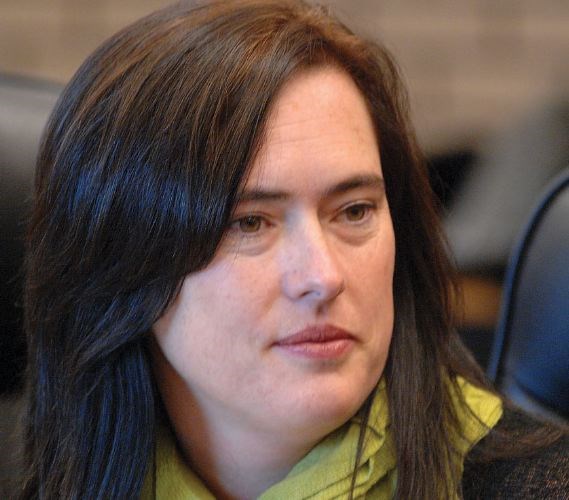With numerous megaprojects proposed in mining, pipelining, petroleum extraction, and hydroelectricity - plus the comeback of the forest industry, an expected resurgence in tourism, and the usual activities in agriculture - northern B.C. is ground zero for much of Canada's best new industrial prospects.
Very little of it, however, will happen within the town boundaries of Prince George but Prince George will provide much of the the goods, services and manpower to develop and maintain the activity.
It was no accident that Prince George was the site for the announcement made Wednesday by Petronas-Progress Energy that it had selected TransCanada Pipelines to be the builder and operator of its proposed Prince Rupert Gas Transmission natural gas artery from the petroleum fields of Fort St. John to the shipping terminals of Prince Rupert.
TransCanada's president and CEO Russ Girling specifically stressed that "this is a tremendous opportunity for Prince George, and for all Canadians."
The reason it benefits B.C.'s northern capital so distinctly, said Initiatives Prince George CEO Heather Oland, is the multitude of small companies located here doing the essential odd jobs for the major corporations driving the industrial activity ahead. Here is where the goods, services, subcontractors, indirect suppliers, and social ecosystem is located that feeds those corporate projects.
"Both those companies (TransCanada and Petronas-Progress Energy) have already made investments in Prince George," and if the new natural gas line goes through that will grow significantly, Oland said.
She credited the forest industry for reinventing itself when modern times and the economic crisis of 2007-09 occurred. Lumber, pulp and bioenergy firms in this region innovated and survived. There were relatively few corporate casualties in that time period, she said, in the overall local forest industry, because of new products coming out of those sectors and being sold to new markets.
Now that the economic fortunes are improving globally, (especially the slow but measurable upticks in the United States home building industry), forestry is poised to have excellent financial results in the next few years, which will translate into an even better Prince George economic reality, Oland explained. Then add in the natural gas activity (two existing and three proposed pipelines for liquid natural gas) and mining.
"It creates huge opportunities for Prince George in manufacturing, fabrication, construction and transportation sectors" especially, she said.
Spectra Energy's natural gas activities have involved Prince George since 1956 when a still operational pipeline was installed through the region. Spectra's boss of LNG operations, Douglas Bloom, said his company's experience with Prince George stands as an example of what will likely come here in the few years ahead. Their north-south pipeline goes right through the area, and they hope to install a new line from their Peace-country natural gas holdings to the west coast for shipment to Asia.
"Although it won't go through Prince George, we see your city as a critical staging area for goods, services, supplies, consumables, all those things we will be needing through the construction phase," Bloom said. "Operationally, once construction is done, P.G. will be an important place factoring into our future plans. The north will be an even stronger player in the North American industry and I see this city winning big in our sector as that develops. Then, too, there's all the stuff happening in mining and forestry and all those other sectors. This is the city situated best in the north to base a lot of those operations."
Bloom said it was difficult to get specific about what input they might have in the Prince George economy not because they are lacking the vision but because all the consultations with the public, the partnering with First Nations and the logistical circumstances that evolve from those discussions are still to be decided. Until the stakeholders have their input, the engineers can't do their part, and still further up that chain are the procurement and corporate staging elements of the project.
Oland said the plans laid by city leaders throughout the past decade are what set Prince George up for this success. Establishing rail efficiency in all directions through this city, building a full service airport, ramping up the highway capabilities of the area, tapping into high-level research and accreditation through CNC and UNBC - these were the catalysts that are now making this an attractive base camp for companies climbing the industrial mountains of the B.C.north.
"These companies are praising us for our long-range planning," Oland said.



